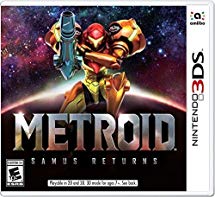This last week I’ve been working on getting Drupal running through NGINX so I can test out a page builder feature. I was getting a weird error with the dev-server built into PHP.
I didn’t want to have NGINX running on Windows, so I spun up a VM. Setting up an environment can be time consuming and sharing content between host and client is a bit of a pain.
The last two weeks has had a theme: environment/tools setup. So my mind has been on “how do we improve this process?”
Documenting the process helped a little, but it is still a time consuming process. It also seems like there’s always some new gotchas that eat up time. If only there was a way to automate this…
Here is where Docker enters the picture and where it’s suppose to shine. We can create a group of containers that run a web server, database, and other needed services. This setup can be shared across workstations so we maintain a consistent work environment. We can also use Docker in production too with Amazon’s ECS (Elastic Container Service).
It sounds like a smart move and everyone is on board.
Great, now let’s tear down this idea and look at use cases and scenarios, starting with security.
But in order to feel out security we need to know what Docker is. That can be a little confusing. To be honest, I’m still a bit fuzzy.
My understanding is a Docker container is a very thin layer that can have libs and executables. When you run the container the processes run in their own isolated namespaces.
This diagram is the most helpful of everything I’ve come across.


